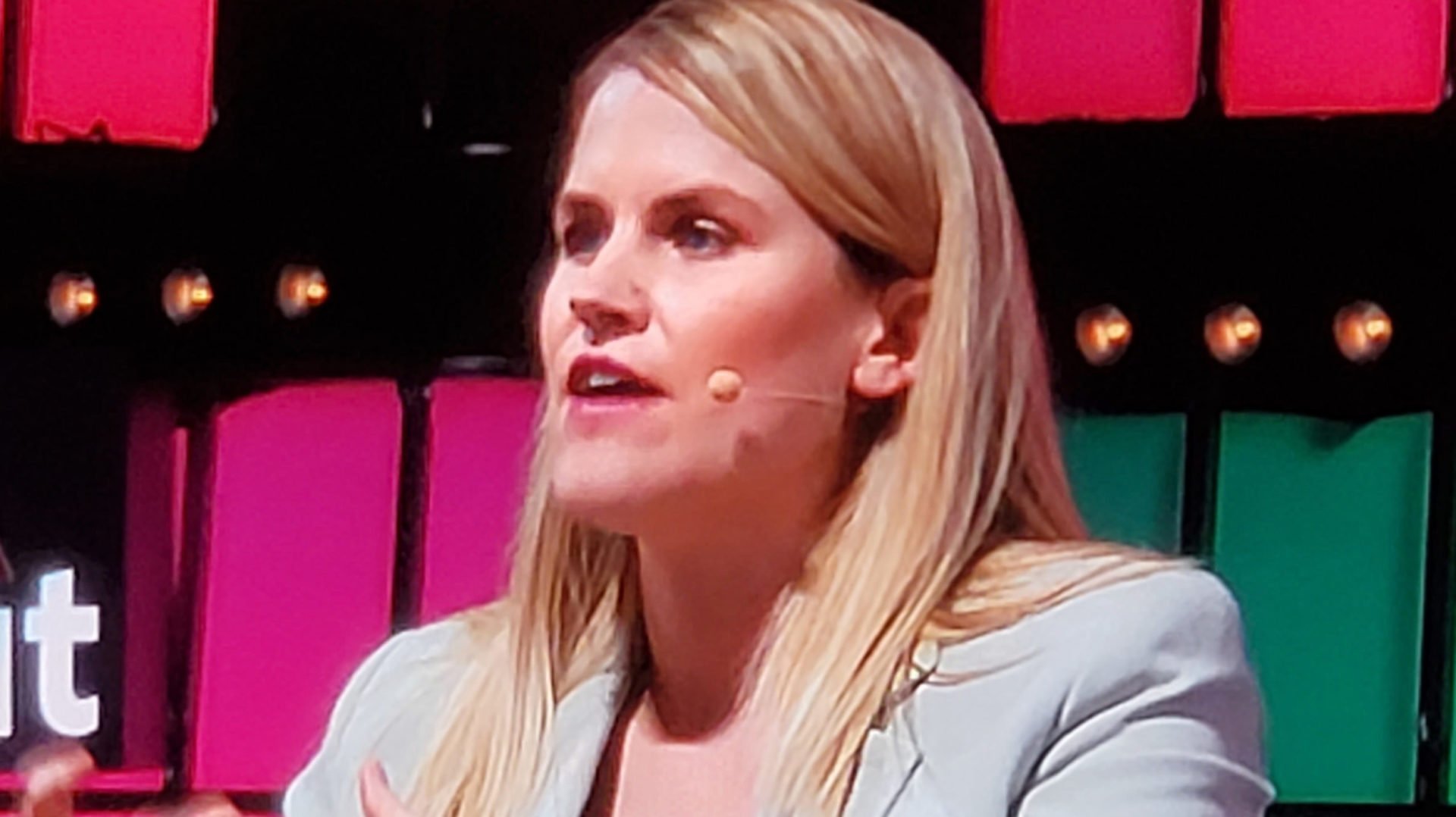 Designers have used 3D-printing websites like Shapeways to manufacture and market their wares for several years now, while some intrepid DIY makers have taken production into their homes by investing in desktop 3D printers from New York-based MakerBot. But 3D printing machines have yet to make their way into mass-market retail stores. Until now. Last week Staples announced that it will sell the Cube 3D printer, made by South Carolina-based 3D Systems Corp., in select stores. Priced at $1,299, the machine sells for almost half the cost of Makerbot’s Replicator 2.
Designers have used 3D-printing websites like Shapeways to manufacture and market their wares for several years now, while some intrepid DIY makers have taken production into their homes by investing in desktop 3D printers from New York-based MakerBot. But 3D printing machines have yet to make their way into mass-market retail stores. Until now. Last week Staples announced that it will sell the Cube 3D printer, made by South Carolina-based 3D Systems Corp., in select stores. Priced at $1,299, the machine sells for almost half the cost of Makerbot’s Replicator 2.
The 3D printing process, or additive manufacturing, enables users to produce small objects by fusing layers of materials like plastics based on a 3D design. While it still hasn’t been adapted for mass manufacturing, 3D printing allows artists to produce objects in small batches, and enables engineers, architects, and product designers to rapidly create scale models and prototypes. As with inkjet or laser printing, supplying 3D printers with “ink” isn’t cheap—each plastic cartridge costs $50. But the Cube still gives everyday consumers and hobbyists a relatively inexpensive means of producing simple objects at home.
Meanwhile, industrial-grade printers are also dropping in price. According to Gartner Research, enterprise-class 3D printers will be available for under $2,000 by 2016. While ominous applications like 3D-printed firearms worry some, the impact of 3D printing on manufacturing could be transformative—from more eco-friendly production to the reshoring of jobs formerly outsourced to China.
Staples Brings 3D Printers to the Mass Market
Designers have used 3D-printing websites like Shapeways to manufacture and market their wares for several years now, while some intrepid DIY makers have taken production into their homes by investing in desktop 3D printers from New York-based MakerBot. But 3D printing machines have yet to make their way into mass-market retail stores. Until now. Last week Staples announced that it will sell the Cube 3D printer, made by South Carolina-based 3D Systems Corp., in select stores. Priced at $1,299, the machine sells for almost half the cost of Makerbot's Replicator 2.















